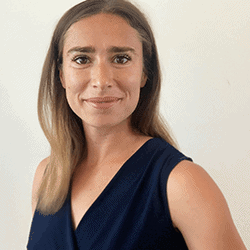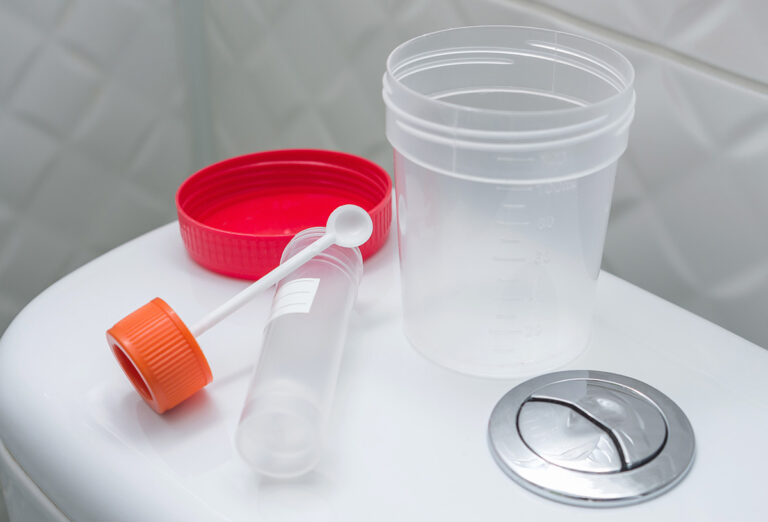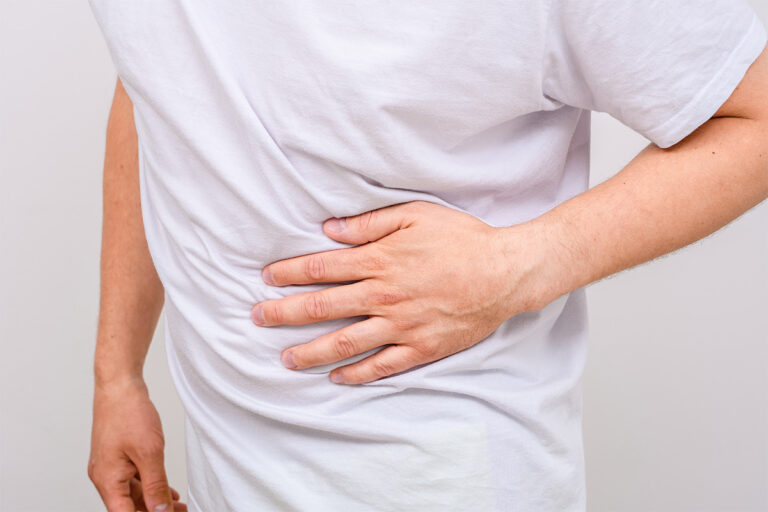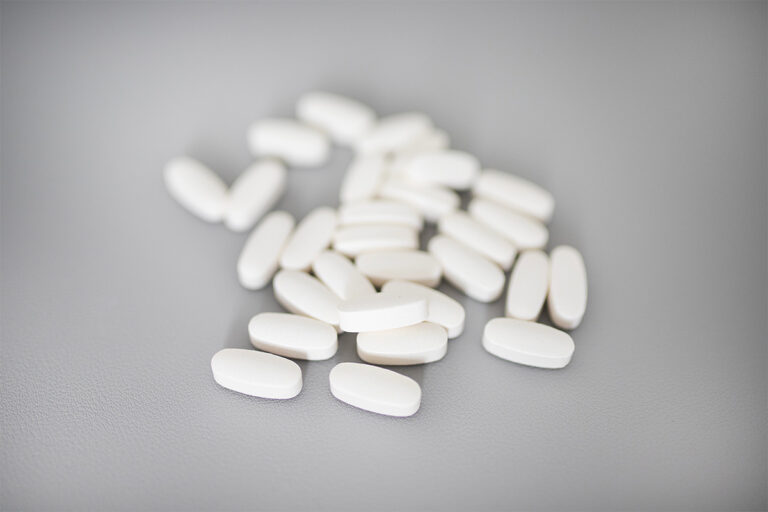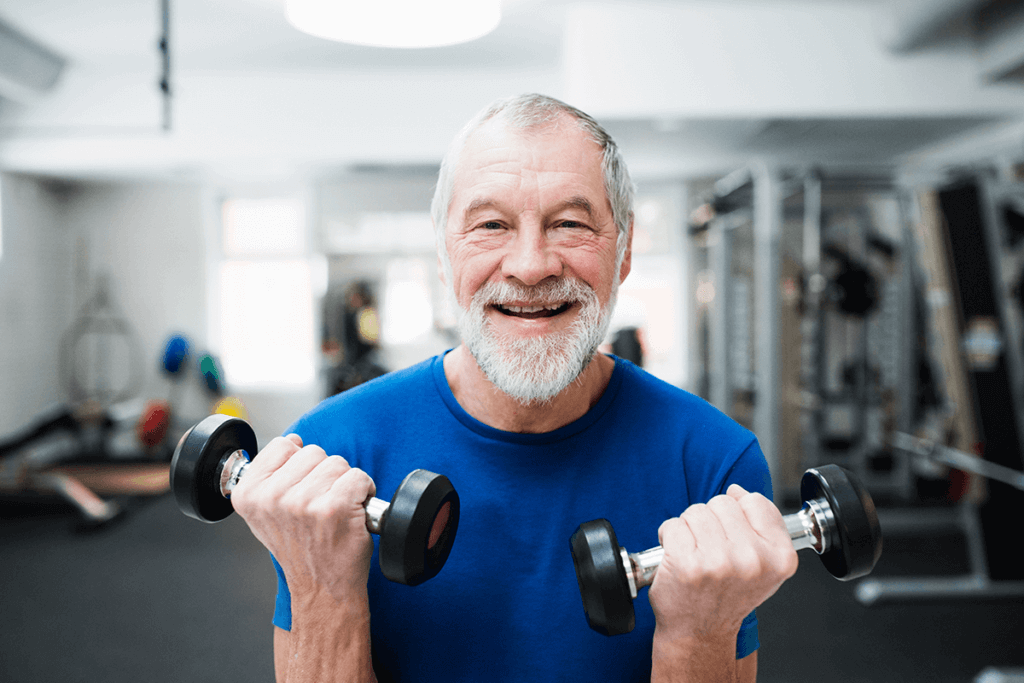
Rapid bone loss later in life is not something to just shrug off and chalk up to “getting older”. Osteoporosis can be extremely debilitating – especially for adults over 65. (2) Bones can break from actions as simple as sneezing, hugging, or bumping into furniture. Thankfully, the outlook for people with osteoporosis is good, especially if the problem is detected and treated early on. Bone density, even in severe osteoporosis cases, generally can be counterbalanced and improved.
Did you know? Women are four times more likely to suffer from osteoporosis compared to men. Asian, White, and Latino women — especially older women who are past menopause — have the highest statistical risk for developing osteoporosis. (3)
What is osteoporosis?
Most people assume that bones are hard and rigid, but in reality, they are actually living, growing tissue! Osteoporosis, which literally means porous bone, is a bone disease in which bone density is lost, causing bones to become thinner and brittle. Bone mass, which is the amount of bone tissue in the skeleton, usually increases until the age of 30, but after that, it is all about maintaining what you have. This is why building strong bones when we are young is so important.
Did you know? It’s important to focus on bone health when you are young. The more bone you have “in the bank” by peak bone mass (which is around age 30), the less likely you are to break a bone or get osteoporosis as you get older.
Risk factors for osteoporosis
There is a range of factors that put you at risk for developing osteoporosis – some of which you can control, and others that are out of your control. Factors that increase the risk for osteoporosis include: (4)(5)
Uncontrollable risk factors:
- Being over the age of 50
- Gender (you are a woman)
- Going through menopause
- Family history
- You are naturally underweight
- You have broken bones
- You are on a medication that causes bone loss
- Medical condition that causes bone loss
- Poor vision, even with glasses
- Your body frame is naturally small
- Caucasian/Asian ethnicity
- You’ve had height loss with age
- Certain surgeries (e.g., ovaries removed)
Controllable risk factors:
- Not getting enough calcium
- Not getting enough vitamin d
- Getting too much animal protein
- Drinking too much caffeine
- Smoking tobacco
- Drinking too much alcohol
- Losing weight
- Having an inactive lifestyle
- Lactose intolerance: taking lactase pills
- High sodium intake
- A diet high in acidity
- Eating disorders
Natural ways to combat osteoporosis
Taking a prescription medication that promotes bone health may seem like an attractive option if you have been diagnosed with osteoporosis or osteopenia, but the long term effects of these medications are more problematic every day. We encourage you to ask your doctor about natural alternatives proven to have clear, long-lasting benefits- and not just for your bones – but for your whole body.
Break a sweat regularly
Do you have an exercise routine? The US surgeon general recommends that adults try and get in at least 30 minutes of exercise every day, strength training 2 to 3 times a week, and balance training session once a week. And compared to adults, kids & teenagers should get at least a full hour of exercise daily. (4)
According to the NOF, there are two fundamental forms of exercise you should focus on when it comes to building and maintaining bone density: Muscle-strengthening exercises and weight-bearing exercises. (6)
Muscle-strengthening exercises involve resistance exercises, such as lifting weights, using elastic exercise bands, weight machines, or movements in CrossFit classes.

Did you know? When bones are put under strain, it stimulates bone growth. The benefit is site specific so that when you run, for example, the bone growth occurs primarily in your legs and hips.Weight-bearing exercises fall under the category of cardio exercise. Some examples of high-impact activities include jogging, hiking, tennis, or dancing, while low impact weight-bearing exercises include elliptical trainers, fast-paced walking, and low-impact aerobics. Low impact exercises are a safer alternative if you have ever broken a bone, have been diagnosed with low bone mass, or are over the age of 65.
Be mindful of your nutrition
Eating right for bone health sounds simple, but we are living in an era of overly processed foods, low physical activity, and demineralized soils that have a significant impact on our skeletal system. Studies have shown that adding more fruits and vegetables along with seafood, and specific dairy products can promote healthy bones. (7) Be sure to have vitamin K rich foods in your diet. Some evidence suggests low vitamin K levels increase the risk of hip fractures in the elderly, though experts are hesitant to suggest supplementing. Try and get more vitamin K in your diet by eating green leafy vegetables, cabbage, liver, and fermented cheeses. (8)Did you know? A weight loss of 10 percent or more in older women and men increases their risk of a severe hip fracture. (9)
Don’t stress yourself out
Stressed out? Chronic stress and anxiety both take a huge toll on your health in all sorts of ways, and your bones are no exception. Studies have shown that cortisol, a key stress hormone, is detrimental to bone health. (10)(11)(12) Remember if you are stressing out and also suffering from anxiety, there are natural ways to help you recuperate. Try taking a yoga class, running a bath, or seeking professional help and guidance if you need it.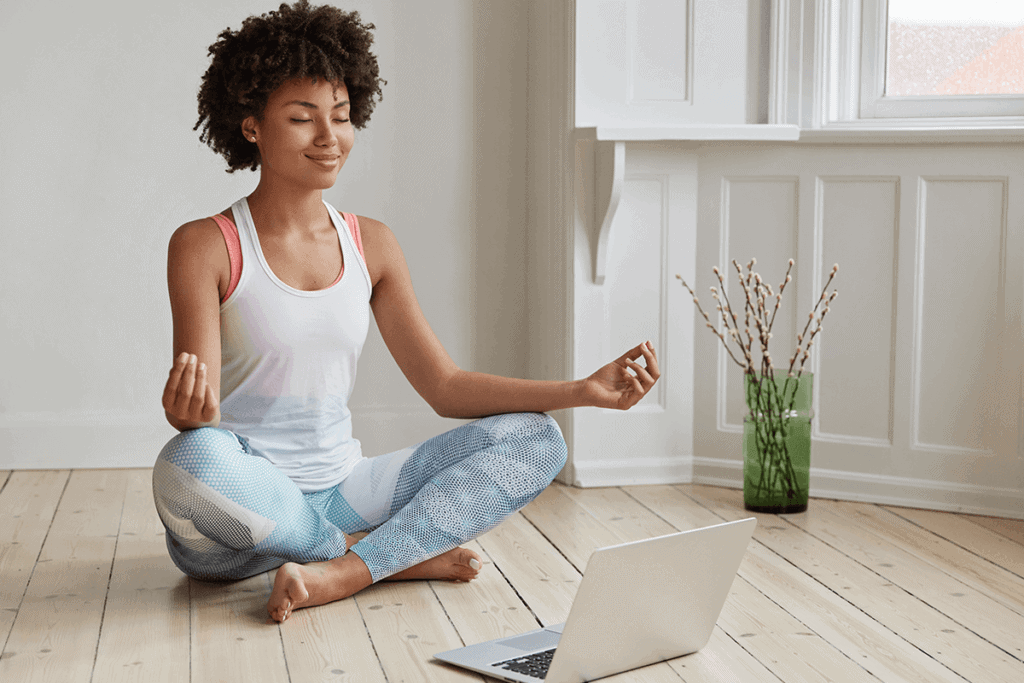
Maintain a healthy weight
If you are too thin or on the heavier side, you are at an increased risk of fracture in different parts of your body. (13) Being overweight has been linked to an increased risk of falling while being too frail has been studied to have more of a negative impact on your bone health overall. Being 127 pounds or less, losing your menstrual period, or having a body mass index under 21 is a significant risk factor for developing osteoporosis. (14)Did you know? If you lose weight during the menopausal transition- regardless of your current weight – you’re more likely to lose bone mass.
Supplement with both vitamin D and calcium
Calcium and vitamin D are crucial for bone health at all ages, and most people don’t receive adequate amounts in their diets for proper bone health. It’s always best to try and get these vital nutrients from food when younger, but as we age, our hormone levels drop, and we inevitably need more calcium and vitamin D to reduce bone loss. (15) The National Institute of Health (NIH) recommends a daily calcium intake of 1,000 mg (milligrams) and 600 IU of vitamin D for men and women up to age 50, but some women go into menopause before this. Ideally, a postmenopausal woman with osteoporosis should aim to get 1200mg of calcium and 800 IU of vitamin D daily. Men over 70 should also aim to get 1200mg of calcium through a daily supplement and 800 IU of vitamin D. (16)(17)Did you know? It’s not a good idea to take megadoses of vitamin D. Injecting an excessive amount of vitamin D (600,000 IU) has been shown to injure healthy kidneys. (18)
Make sure you are getting enough magnesium
Magnesium plays a vital role in forming bone minerals. And even though a magnesium deficiency is pretty rare in well-nourished populations like the U.S., studies have shown magnesium is under consumed and below recommended levels. Adults over 65 have a particularly higher risk, as their bodies’ ability to absorb nutrients begins to break down as they age. (19)(20)Did you know? Athletes can especially benefit from taking magnesium. Taking just 10mg of magnesium daily has been shown to help boost athletic performance by lowering lactate levels after exhausting 90-120 minute workouts. (21)The recommended daily allowances for magnesium are 420 mg for men over the age of 50 and 320 mg for women over 50. (22) If you are under 50 years old, be sure to talk to your doctor about supplementing with magnesium. But you don’t want to overdo it! Too much magnesium has been linked to an increased risk of osteoporosis. (23)(24)
Try taking melatonin before bed
As we grow older, our melatonin levels drop, which may lead to an imbalance in our bone remodeling rates. Recent studies have shown that taking melatonin before bed may have a positive effect on bone health. (25) One study with postmenopausal women with osteopenia found that taking 3mg of melatonin daily increased bone mineral density after one year of treatment. (26) Overall, experts agree low levels of melatonin are linked to bone disease and abnormalities, but more research needs to be done on melatonin being used specifically for treating and preventing osteoporosis. (27)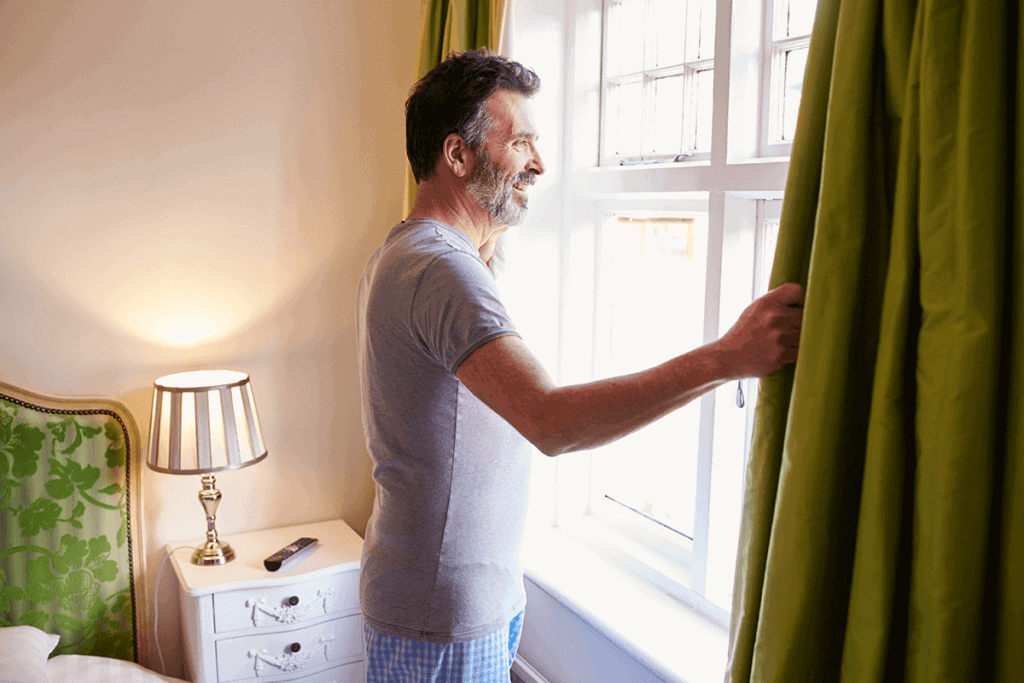
Quit smoking or ingesting nicotine
Cigarettes and different forms of tobacco were first identified as a risk for osteoporosis decades ago. Multiple studies have shown a direct relationship with tobacco use and decreased bone mass, as well as shown how smoking increases the risk of having a fracture. Smoking has also been shown to stunt bone healing after fractures and injuries. The best thing smokers can do to protect their bones is to quit smoking and to stop ingesting nicotine in any form. (28)
Did you know? Older women with osteoporosis and osteopenia should try and limit their caffeine intake – no more than three cups a day. Research has suggested caffeine intake can limit the body’s absorption of calcium in postmenopausal women. (29)(30)(31)
Avoid alcohol
Do you find yourself drinking multiple times a week? Chronic alcohol use has been linked to an increased risk of fracturing the hip, spine, and wrist bones. This is likely because drinking excessive amounts of alcohol interferes with the body’s ability to absorb calcium as well as its ability to produce vitamin D. (32)
Men over 65 who are alcoholics are more likely to fall and fracture their bones. It’s better for them to stick with water! (33)
Diagnosing osteoporosis
Most people under the age of 50 are quick to assume they have no risk for developing osteoporosis because there are no obvious warning signs in the early stages of bone loss. However, once your bones are weak, you may have osteoporosis symptoms and signs that include: (34)
- A stooped or hunched-over posture
- Back pain, caused by a fractured or collapsed vertebra
- Loss of height over time
- A bone fracture that occurs much more easily than expected
Bone density testing: understanding T-scores
A bone density test is the only test that can diagnose osteoporosis before you fracture or break a bone. The simple, 10-15 minute, painless test can tell you if you have normal bone density, low bone density (also known as osteopenia), or osteoporosis.
Did you know? According to the lOF, women over the age of 65 and men over 70 should have their healthcare provider conduct a bone density test. (35)
Bone density test results are reported using T-scores. A T-score shows how much higher or lower your bone density is relative to that of a healthy 30-year-old adult. (i.e., peak bone mass).
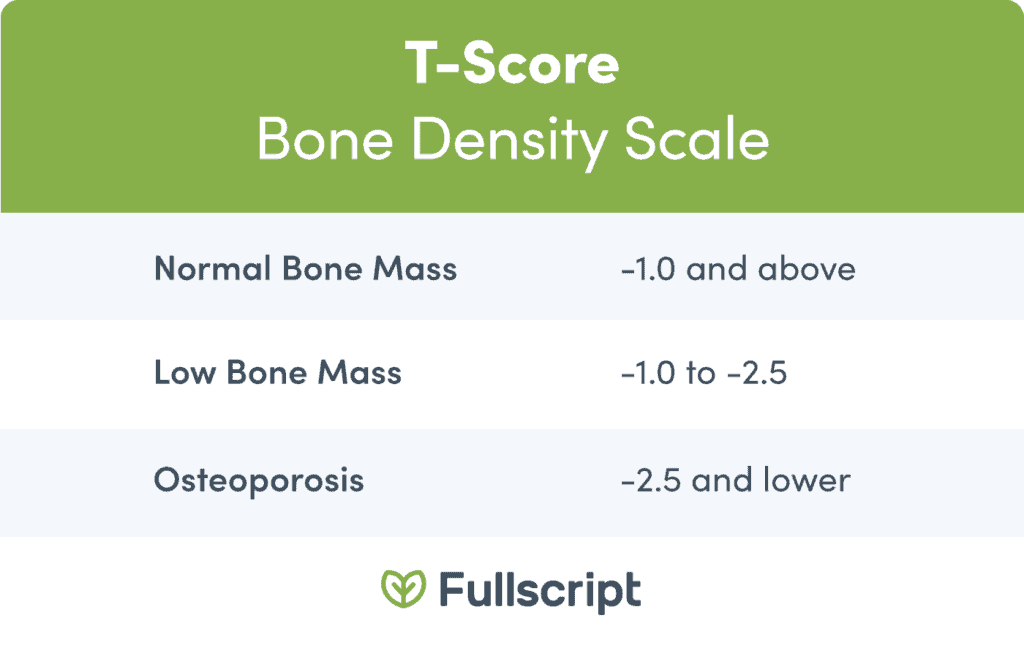
Ask your doctor about pursuing natural ways to build strong bones
It’s important to remember that your body — and especially your skeletal system — is capable of building and strengthening bone on its own when given the support, effort, and time to do so. If you’re concerned about your risk of developing osteoporosis, remember there are natural strategies you can use to improve your bone health at any age.Did you know? Just in the time you’ve spent reading this article, there have been over 277 osteoporosis-related bone fractures worldwide.No one should have to suffer a painful broken bone when we have ways to prevent it naturally. Don’t waste any more time – ask your healthcare provider about ways to help prevent further bone loss and supplements that may help reduce your risk of osteoporosis!
- https://www.ncbi.nlm.nih.gov/pubmed/16983459
- https://www.ncbi.nlm.nih.gov/pubmed/28093824
- https://www.ncbi.nlm.nih.gov/books/NBK45515/
- https://www.bones.nih.gov/health-info/bone/SGR/surgeon-generals-report#r
- https://www.nof.org/preventing-fractures/general-facts/bone-basics/are-you-at-risk/
- https://www.nof.org/patients/fracturesfall-prevention/exercisesafe-movement/osteoporosis-exercise-for-strong-bones/
- https://www.ncbi.nlm.nih.gov/pmc/articles/PMC4928581/
- https://www.ncbi.nlm.nih.gov/pubmed/10799384
- https://www.ncbi.nlm.nih.gov/books/NBK45503/
- https://www.ncbi.nlm.nih.gov/pmc/articles/PMC5410657/
- https://www.ncbi.nlm.nih.gov/pubmed/16137956
- https://www.eurekalert.org/pub_releases/2018-05/tnam-nsd050918.php
- https://www.ncbi.nlm.nih.gov/pubmed/23229467
- https://www.ncbi.nlm.nih.gov/pubmed/11474965
- https://www.ncbi.nlm.nih.gov/pmc/articles/PMC2621390/
- https://www.ncbi.nlm.nih.gov/pubmed?term=8256988
- https://ods.od.nih.gov/factsheets/Calcium-HealthProfessional/
- https://www.ncbi.nlm.nih.gov/pubmed/27719737
- https://health.gov/dietaryguidelines/2015/
- https://www.ncbi.nlm.nih.gov/pubmed/227929
- https://www.ncbi.nlm.nih.gov/pubmed/17063625
- https://ods.od.nih.gov/factsheets/Magnesium-HealthProfessional/
- https://www.ncbi.nlm.nih.gov/pubmed/21421455
- https://www.ncbi.nlm.nih.gov/pmc/articles/PMC3775240/#B57-nutrients-05-03022
- https://www.ncbi.nlm.nih.gov/pubmed/24617902
- https://www.ncbi.nlm.nih.gov/pubmed/26036434
- https://www.ncbi.nlm.nih.gov/pmc/articles/PMC3676828/
- https://www.ncbi.nlm.nih.gov/pubmed/17226109
- https://www.ncbi.nlm.nih.gov/pubmed/1609631
- https://www.ncbi.nlm.nih.gov/pmc/articles/PMC3912260/
- https://www.ncbi.nlm.nih.gov/pubmed/23880351
- https://www.bones.nih.gov/health-info/bone/osteoporosis/conditions-behaviors/alcoholism
- https://www.ncbi.nlm.nih.gov/pubmed/17087690
- https://www.ncbi.nlm.nih.gov/pmc/articles/PMC4799095/
- https://www.nof.org/patients/diagnosis-information/bone-density-examtesting/

